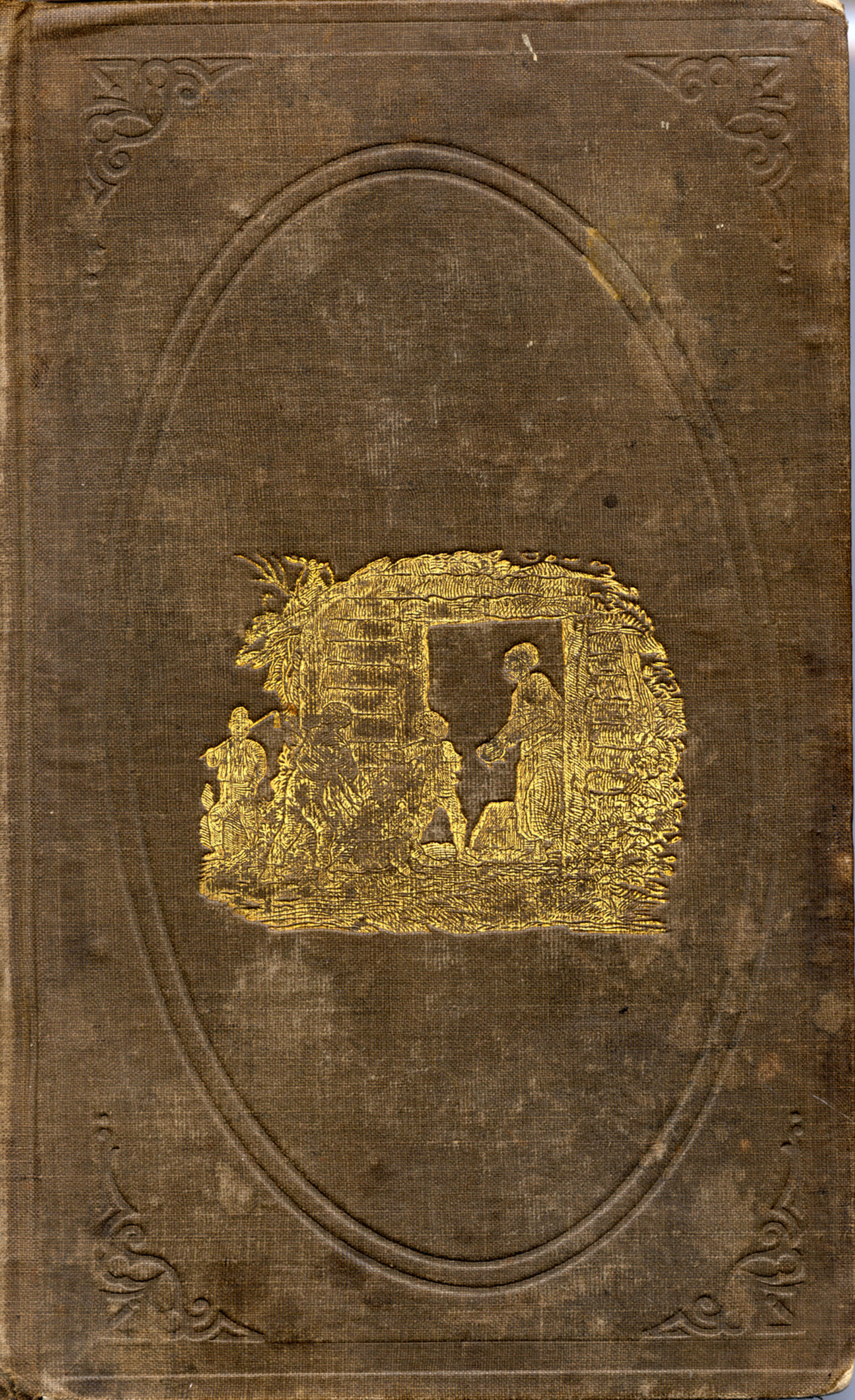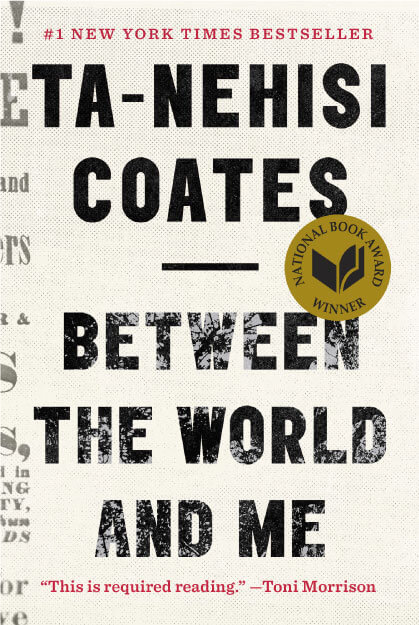Amy Hufnagel
Director of Programs & Visitor Experience
Harriet Beecher Stowe Center
TEACHER'S SNAPSHOT
Subjects:
African Americans, Literature, Race, Slavery & Abolition, Social Justice
Course Topics/Big Ideas:
The Struggle for Freedom, Equality, and Social Justice
Town:
Hartford
Grade:
High School
Lesson Plan Notes
Connecticut was the last New England state to abolish slavery (1848). Today, it is the most diverse state in New England but continues to struggle with racial equity and social justice. This activity guides students through a comparison of an excerpt from Harriet Beecher Stowe’s novel Uncle Tom’s Cabin (1852), in which Stowe drew on firsthand accounts from formerly enslaved people and her own experience as a white woman in the 1850s, and an excerpt from Between the World and Me (2015) by Ta-Nehisi Coates, which relates his experiences being Black with a young son in New York. Written more than 150 years apart, one is a work of fiction, the other non-fiction, but both writers expose racial oppression in their own time. Both write to share how human beings learn, change, and adapt in their historic moment and based on their experiences.
ESSENTIAL QUESTION
SUPPORTING QUESTIONS
- How do authors create empathy in their readers?
- How can empathy help us understand other people’s experience?
- Do authors need to have firsthand, personal experience to convey a situation authentically?
- Does it matter who tells the story? Why or why not?
- How does literature further our understanding of race at different moments in history?
ACTIVITY
Have students read both excerpts, reflecting on each. Use the suggested supporting questions and/or have students develop their own.
Ideas you may want to discuss regarding how the two pieces relate to each other include:
- How are characters “pushed,” both figuratively and literally, in these works?
- What role does “inspecting” each other play in each piece?
- Describe the language used to describe the encounters between characters in the two works—how is it similar or different?
- What words or language does each author use to evoke empathy?
- Do you feel empathy for characters in the story? Why or why not?
Wrap up the discussion by revisiting the supporting and compelling questions and considering how these two excerpts connect to other literature or historical events your class is studying.
OPPORTUNITIES FOR ASSESSMENT
Students will demonstrate knowledge and understanding by selecting and addressing one of these writing prompts:
- Using evidence from the two excerpts, discuss how the history of race relations in the United States informs our contemporary moment.
- Write about a moment in your personal experience in which you felt inspected or pushed in a way that made you feel powerless or angry.
- Reflect on the power of words. How can words work to change people’s minds or motivate someone to struggle or resist?
RESOURCE TOOL KIT

Excerpt from Uncle Tom’s Cabin by Harriet Beecher Stowe, 1852. Harriet Beecher Stowe Center, Hartford, CT.

Excerpt from Between the World and Me by Ta-Nehisi Coates. Spiegel & Grau, 2015.
If you have access to the full book (available in various formats from most public libraries), you can find this excerpt on pages 93-95. The section starts, “New York was another spectrum unto itself,” and ends, “My greatest regret was that in seeking to defend you I was, in fact, endangering you.”
Alternatively, you can find the same passage within a larger adapted excerpt published in The Atlantic online (see below). Close to the end of the article, the section starts, “Perhaps you remember that time we went to see Howl’s Moving Castle on the Upper West Side,” and ends, “But more than any shame I felt, my greatest regret was that in seeking to defend you I was, in fact, endangering you.”
ADDITIONAL RESOURCES
Places to GO
Harriet Beecher Stowe Center, Hartford, available for public tours and school programs
Things To DO
Bring in another perspective:
For James Baldwin’s critique of Uncle Tom’s Cabin and the danger of Stowe’s sentimentality, read the essay “Everybody’s Protest Novel” in Notes from a Native Son. An excerpt can be found here.
Read some or all of one of the books in the “Slave Narrative” genre and consider it in relation to Stowe and Coates’ work. For a book in this genre with Connecticut connections, consider:
- A Narrative of the Life and Adventures of Venture, a Native of Africa: But Resident above Sixty Years in the United States of America. Related by Himself. (1798) Text only or audio recording.
- Life of William Grimes, the Runaway Slave. Written by Himself. (1825) Scanned version or text only.
- The Fugitive Blacksmith or, Events in the History of James W.C. Pennington … Formerly a Slave in the State of Maryland, United States. (1849) Scanned version or text only.
- Life of James Mars, A Slave Born and Sold in Connecticut. Written by Himself. (1864) Scanned version or text only.
Watch some of the videos in Stanford University’s RaceWorks series:
Websites to VISIT
Free podcast created in conjunction with HBO’s 2020 film adaptation of Between the World and Me.
Harriet Beecher Stowe Center: Uncle Tom’s Cabin
Articles to READ
“How ‘Uncle Tom’ Still Impacts Racial Politics.” This article is adapted from Cheryl Thompson’s book, Uncle: Race, Nostalgia and the Politics of Loyalty (Coach House Books).
“For Ta-Nehisi Coates, Telling the Truth about America Means Confronting Black Oppression.” Max Witynski, The University of Chicago, June 3, 2021.
“Harriet Beecher Stowe: The Most Famous American” by Katherine Kane. Connecticut Explored, Summer 2011.



